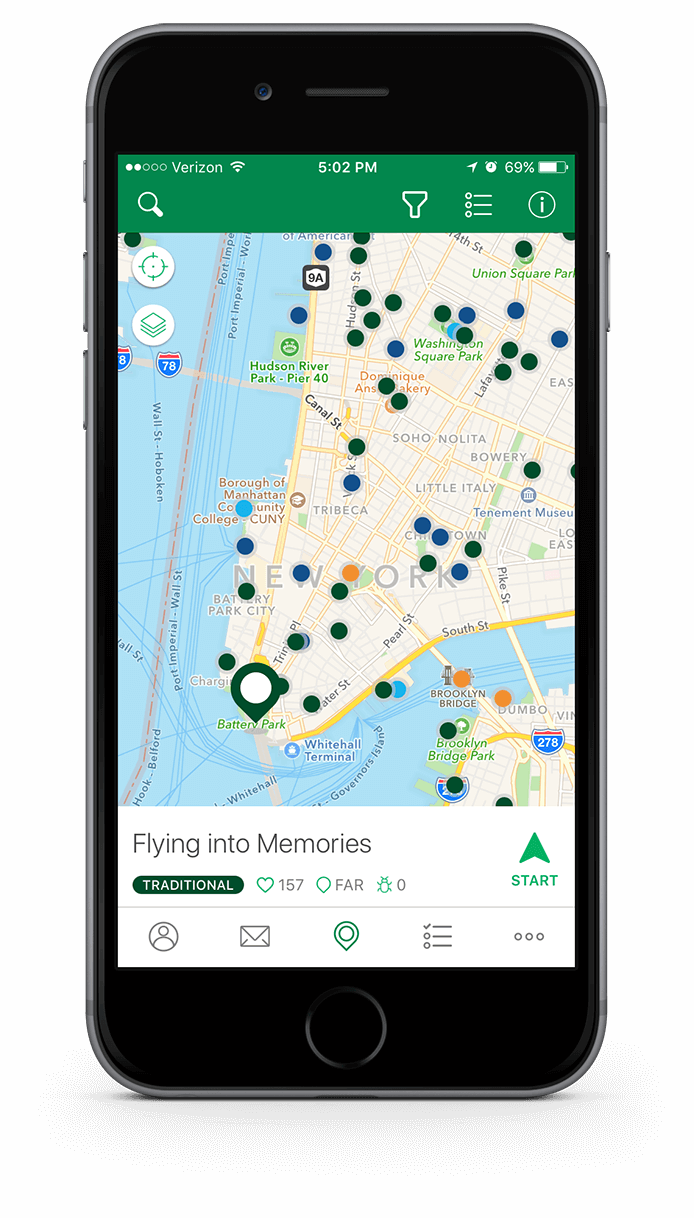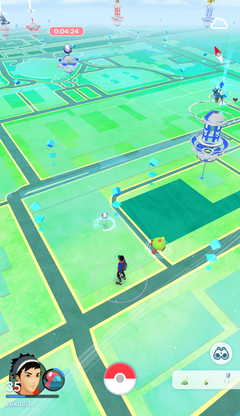Seeing as the app is meant to increase interest in and encourage local exploration, it can also be seen as a route to get young people outside and active. As many of the places the beacons would be placed would be indoors, the usage of bike or walking would be encouraged meaning an increase in physical activity. According to a recent study conducted by the U.S. Department for Health and Human services, only a third of children are physically active each day. This is likely linked to the ever growing numbers of game consoles purchased, as they increase, children are more inclined to play the latest games rather than to go out and enjoy the world. This is something else that the study found, children now spend over 7 hours in front of screens daily and whilst people would be involved with screens with this project it would still encourage people to be outside doing something. Something else found in the study is that roughly only five percent of adults get the necessary thirty minutes of exercise daily, this can lead to cardiovascular and weight issues. Again, something so much as riding a bike or walking to the nearby shop can keep people on their feet and active. Given that the project doesn’t necessarily follow a target audience, people of all ages would be able to use the app certainly as more than eighty percent of people do not meet their required amount of fitness and muscle building activity.
U.S. Department for Health and Human Services’ study
The British Heart Foundation ran a similar study that looked into time spent both engaged in physical activity as well as time spent in a sedentary state (a state of inactivity outside of sleeping). The study found that 44% of Males aged 16-24 spent six or more hours in this sedentary state on average, as well as 42% of women in the same group spending six or more hours in a sedentary state. Even though those numbers may seem quite high, 83% of males aged 16-24 met the recommended weekly amount of hours spent in physical activity, this paired with the 57% of women in that age group shows just how many people in the population are meeting the required amount. Obviously, there is still room for improvement.
British Heart Foundation Study
The NHS warns of the dangers of being seated for too long in a day as it’s considered to slow down people’s metabolism which can lead to issues regarding blood-sugar levels as well as increase blood pressure. A slow metabolism can also mean that people don’t have the necessary fitness to break down fat modules quickly. These can lead to diabetes, heart problems and obesity all of which are problems within modern day society as seen within the U.S. DHHS’s study as seen above. Whilst you may not be looking at a screen whilst sitting, the effects can be just as lasting.



